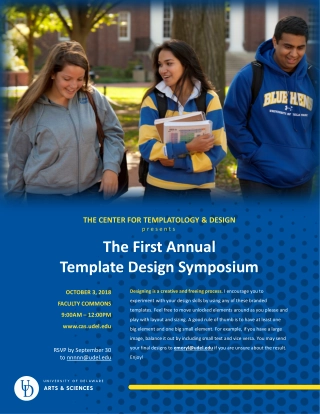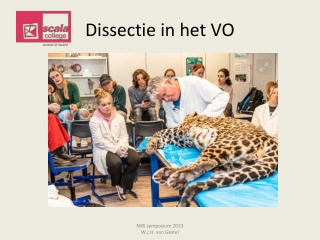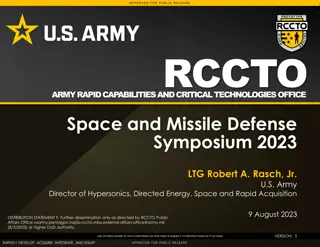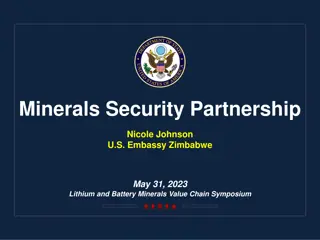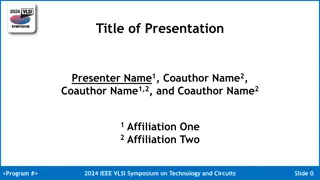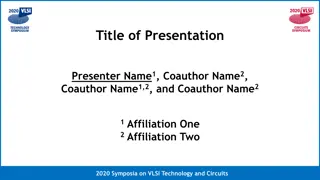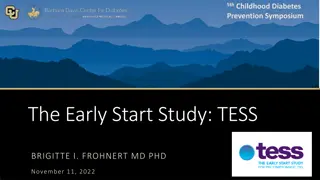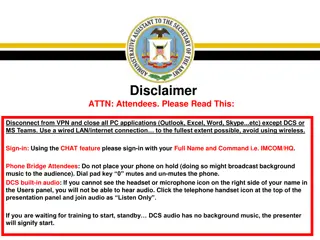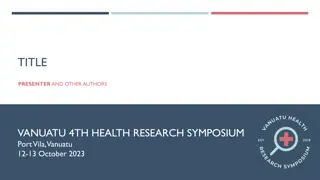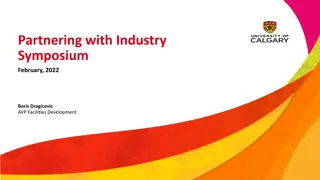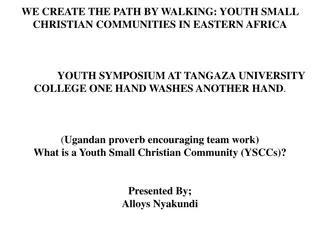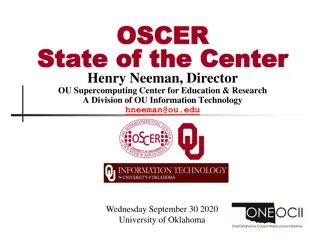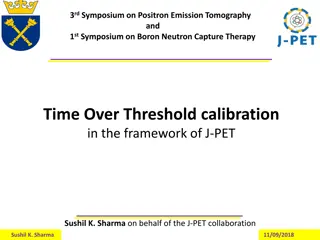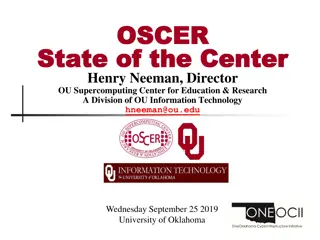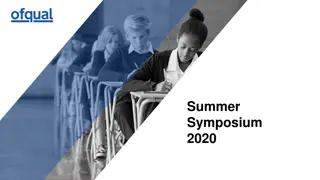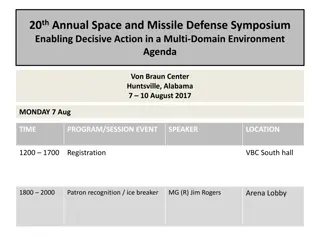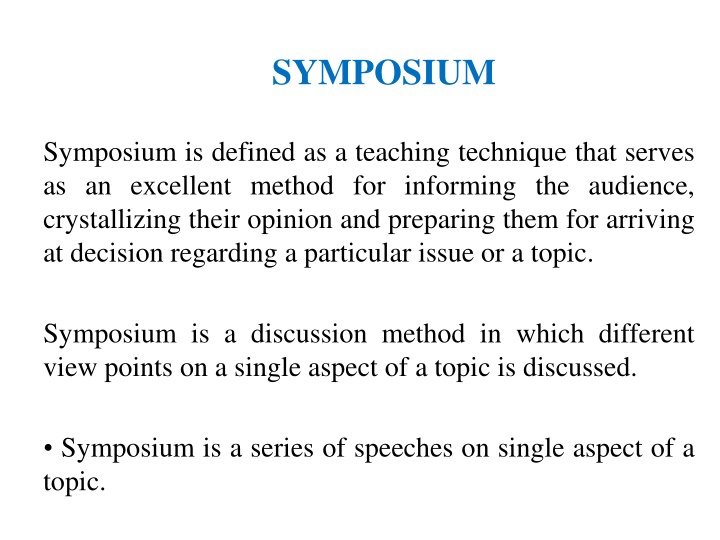
Symposium as a Teaching Technique for Informed Decision-Making
Symposium is a teaching technique that facilitates informed decision-making by discussing various viewpoints on a specific topic. It aims to develop understanding, decision-making skills, and values while encouraging independent study and group participation. Explore the purposes, characteristics, guidelines, advantages, and limitations of symposium as an effective method for educational discourse.
Download Presentation

Please find below an Image/Link to download the presentation.
The content on the website is provided AS IS for your information and personal use only. It may not be sold, licensed, or shared on other websites without obtaining consent from the author. If you encounter any issues during the download, it is possible that the publisher has removed the file from their server.
You are allowed to download the files provided on this website for personal or commercial use, subject to the condition that they are used lawfully. All files are the property of their respective owners.
The content on the website is provided AS IS for your information and personal use only. It may not be sold, licensed, or shared on other websites without obtaining consent from the author.
E N D
Presentation Transcript
SYMPOSIUM Symposium is defined as a teaching technique that serves as an excellent method for informing the audience, crystallizing their opinion and preparing them for arriving at decision regarding a particular issue or a topic. Symposium is a discussion method in which different view points on a single aspect of a topic is discussed. Symposium is a series of speeches on single aspect of a topic.
Purposes To identify and understand various aspects of a theme. To develop the ability to arrive at a decision and provide judgment for a problem. To develop values and feelings regarding a problem. To provide understanding to the students or listeners on a theme or problem to specifically develop certain values and feelings. To enable the listeners form policies regarding a theme or a problem. To investigate a problem from several points of view. To boost students' abilities to speak in the group. To encourage the students to study independently.
Characteristics Symposium provides a broad understanding of a topic or problem. The listener is provided with an opportunity to take decisions about a problem. This method is used in higher classes for specific theme or a problem. It develops a feelings of cooperation and adjustment. Symposium technique helps in achieving the objectives of synthesis and evaluation. It provides different views on the topic of the symposium.
Guidelines The chairman of the symposium introduces the topic and suggests something of its importance. Two or more speakers talk from 10 to 20 minutes. The speech may be persuasive, argumentative, informative or evocative. Each speech proceeds without interruption. The speeches are followed by questions or comments from the audience as in the panel form. The speeches are followed by questions or comments from the audience as in the panel form.
Advantages Symposium can be used to address a large group or class. This method can be frequently used to present broad topics for discussion at conventions and organization of meetings. In symposium, the principle of organization is high as the speeches are prepared before hand. It gives a deeper insight into a topic. It directs the students to continuous independent study. This method can be used in political meetings.
Limitations Symposium does not provide adequate opportunity for all the students to participate actively. It has limited audience participation. The speech is limited to 10 to 20 minutes. Questions and Answer session is limited to 3 to 4 minutes It has possibility of overlapping of subjects. The chairman has no control over the speakers as they have full freedom to prepare the theme for discussion. They can present any aspect of the theme or problem.
There is a possibility of repetition of content. The different aspects of the theme are not prepared separately. The different aspects of the theme are not presented simultaneously. Therefore the listeners are not able to understand the theme correctly. The listeners remain passive in the symposium because they are not given an opportunity to seek clarification and question in between the symposium.

